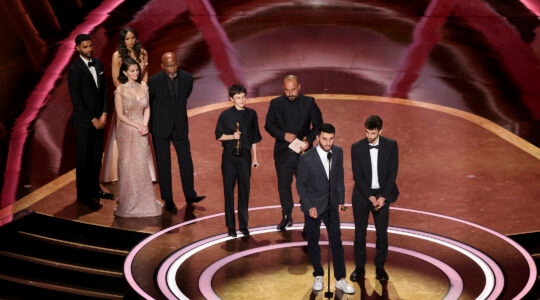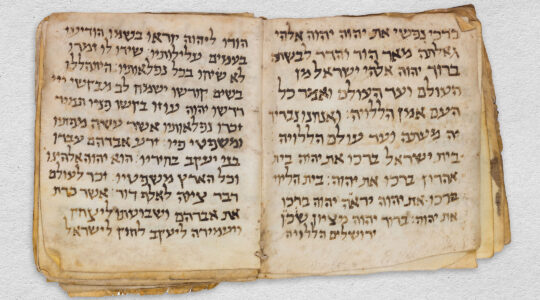The film 30 Days of Night tackled the perplexing question: What do vampires do in northern Alaska, where the sun doesn’t show for an entire month? (Answer: they have a huge feast.) But it calls to mind a related question–what happens during a Shabbat that comes during that thirty-day sunset? Do Alaskan Jews observe Shabbat for an entire month? Or does this long, dark period mean they spend 29 days without a single Shabbat?
The answers to these questions borrow both from modern meteorologists and ancient rabbis. Rabbi Israel Lipschutz, who lived in Danzig, Poland, in the early 19th century, distinguished between places like Copenhagen–where the sun does rise, even for a few minutes–and places like Barrow, where the sun stays beneath the horizon for months at a time.
For the latter case, most people follow one of two examples: Either they’ll adopt the Shabbat times of the closest Jewish community–or, following a teaching of the Baal Shem Tov, they’ll use the time Shabbat begins in Jerusalem, adapted to local time. (So if candle-lighting time in Jerusalem is at 7:45 p.m., Shabbat in Barrow begins at 7:45 p.m. local time.)
Of course, if the sun does set–even if it’s just for a few minutes–that’s the official starting time for Shabbat. One Jewish Alaskan recalls, “At close to midnight we dress in our fine Shabbat clothes…How wonderful to spend Shabbat on top of the world!” And the singer Matisyahu, who does not perform on Shabbat, once gave a concert in Alaska on Friday night. By the time sunset came, at 2:00 A.M., he was safely offstage, making kiddush in his hotel.
___
Watch the trailer of 30 Days of Night:
Get a shot of Jewish in your inbox. Sign up for the daily Jewniverse email.
JTA has documented Jewish history in real-time for over a century. Keep our journalism strong by joining us in supporting independent, award-winning reporting.





